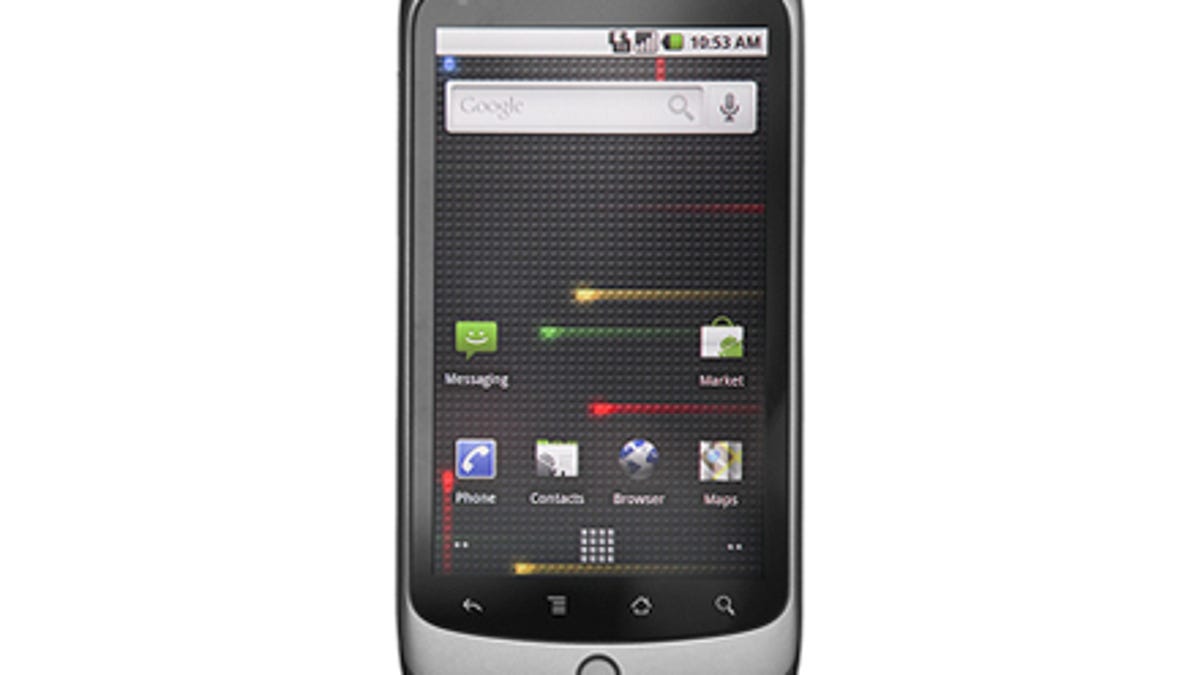HTC to switch to Super LCDs on some smartphones
In the wake of AMOLED display shortages, HTC announces that it will switch to Super LCDs on a variety of its smartphones, starting with the Nexus One and HTC Desire.

This summer has seen no shortage of hot smartphone releases, including the
Part of the shortage problem is that the device manufacturers aren't able to get enough of the right components to make their handsets. HTC, in particular, has had a hard time getting enough AMOLED displays from Samsung; however, rather than wait, HTC is taking matters into its own hands and will begin using Super LCDs (SLCD) to a number of its smartphones, the company announced on Monday.
"HTC is experiencing high-demand for many of our phones, specifically our phones with 3.7 inch displays. The new SLCD display technology enables us to ramp up our production capabilities quickly to meet the high-demand," said HTC CEO Peter Chou.
Chou said the Super LCD display technology not only provides a similar visual experience as the current 3.7-inch screens it uses, but also it adds the benefit of better battery performance and wider viewing angles, thanks to Sony's new VSPEC III technology.
According to HTC, it will only integrate SLCDs on certain devices, beginning with the

